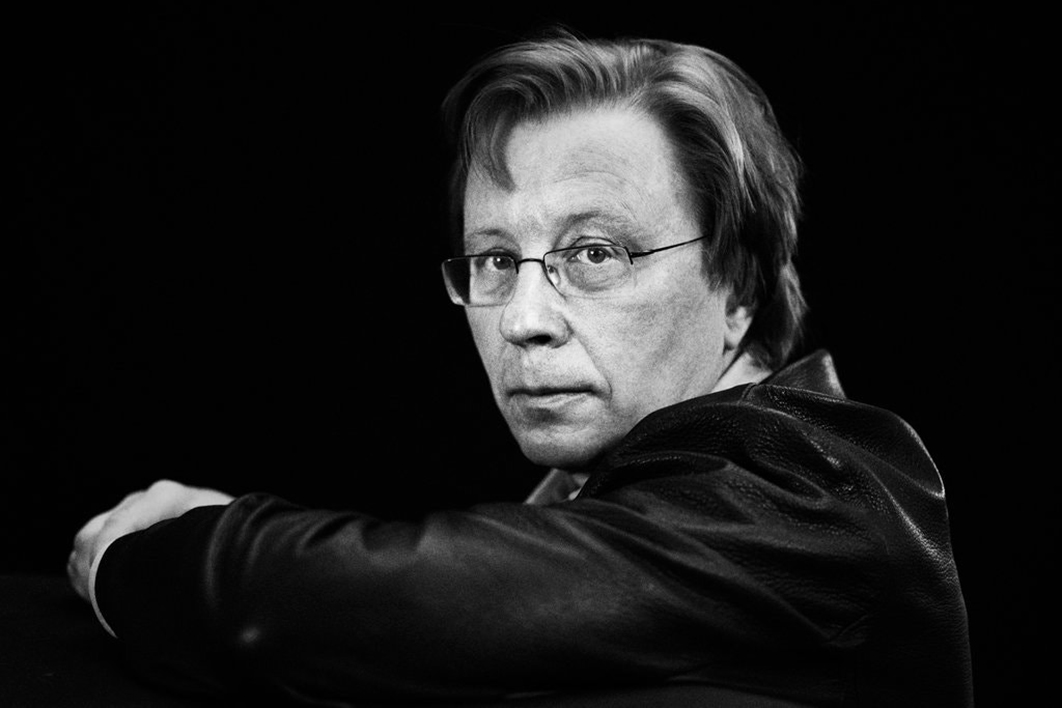I live in a small town in the NSW Southern Highlands where people, even teenagers, greet you in the street. Drivers wave from cars, too. They wave at pedestrians and to other drivers, the salute a minimal thing where the hand never leaves the steering wheel, the little finger casually cocked like a posh person drinking tea.
I received one of these recently from the driver of an oncoming car in response to what must have looked to him like a greeting from me. In fact the twitching of my little finger was involuntary conducting as I drove along listening to Mozart. It was my pleasure in the first movement of the Linz symphony that had communicated itself to the other driver, whether he realised it or not. (I’m guessing not.)
In performance, musicians continually communicate with each other through gesture, the conductor only the most conspicuous example among them. There are conductors with long sticks, conductors with short sticks and conductors with no sticks at all; some are histrionic in manner, some clinically precise, one or two barely move. If you’ve never seen film of the composer Richard Strauss on the podium, take a look on YouTube: seldom has a conductor appeared so uninvolved. There’s a Mr Bean sketch in which our hero, holding a baton in front of a Salvation Army brass quartet, discovers that each gesture he makes will elicit a note, a chord or a whole phrase of “God Rest Ye Merry, Gentlemen,” the players divining all this from the merest flick of his stick. In reality, conducting is a less exact science.
But even when a performance is unconducted, which is most of the time, musicians rely on their eyes as well as their ears. The sightlines in an ensemble have to be good. It might be a look, a nod or a raised eyebrow — something so small the audience won’t see it — but without it a performance can fall apart.
I’ve been thinking about this because I’m contemplating a large-scale work for voices and instruments that will have no conductor. Not only that, but it will involve projections, which means the performers are likely to be sitting in the semi-dark. It’s important, then, to consider from the start that the players won’t have the usual access to each other’s eyes, and that any hand signals may have to be more pronounced than a raised pinky. For the most part, the cues will have to be in the music itself — in the printed part on the players’ stands and in the sound of the music.
There are precedents for this, some of them pretty extreme. A few years ago, New York’s JACK Quartet brought Georg Friedrich Haas’s third string quartet to Sydney’s Carriageworks. The piece is directed to be played in complete blackout. In contravention, one imagines, of most council regulations, even the exit signs are extinguished.
“When the blackout began,” music critic Alex Ross wrote of a performance he attended in 2010, “I initially felt a fear such as I’ve never experienced in a concert hall: it was like being sealed in a tomb.” So Haas asks a lot of his audience, but even more of his players, who must not only memorise the music but also rely entirely on their ears for coordination. As if the fact that the players can’t see each other were not enough, the four musicians are required to sit far apart in the corners of the room, sending out musical signals to their distant colleagues, their sonic lines crisscrossing the audience.
I would say Haas’s third quartet was unique, had not the composer, impressed with the JACK’s dedication to the piece, written them another quartet (No. 9) that also requires a blackout. But while Haas’s quartets might offer some of contemporary music’s more intense experiences, that intensity is limiting. It is also born of limitation. The performance might wrap its listeners in sound, but it excludes them from the performance.
We know from reports and illustrations of concert audiences in the late eighteenth century that once upon a time people tended to talk and eat during performances. There’s Mozart at the piano, and yet half the audience seems not to be paying attention. During the nineteenth century, a different attitude crept into the concert hall. In the Romantic age, audiences were more likely to commune with a performance in a rapt, reverent, one might almost say prayerful manner. And one sees it still, people in concerts — classical concerts, anyway — listening with their eyes shut.
Stravinsky disapproved of this habit. He thought those people were missing something and urged audiences to watch performances as well as listen. He wanted them to see the moments of effort and ease that go into playing instruments and to notice the players’ interactions. I’m with Stravinsky. Live music requires interaction, and that’s only enhanced by the look of it. Musical gesturing embodies sound, and when we watch it closely it brings us closer to the sound of the music.
Just this morning, walking with my dog, I was passed by a car in which the driver was animatedly drumming on his steering wheel. I couldn’t hear the music. It didn’t look like Mozart. Meeting my eyes, and realising he’d been spotted — perhaps only then realising what he was doing — the driver gave me a sheepish grin. Not that he stopped drumming.
My favourite such experience, vivid in my memory, happened thirty-eight years and four or five cars ago. I was driving down a suburban street near Wollongong University, listening to pop radio. Elton John was singing “I Guess That’s Why They Call It the Blues,” and I was belting it out with him. I remember the moment because behind the wheel of an approaching car was a woman singing the same song. We were lip-syncing. She saw me too, as our cars passed, but there wasn’t time to wave. •




